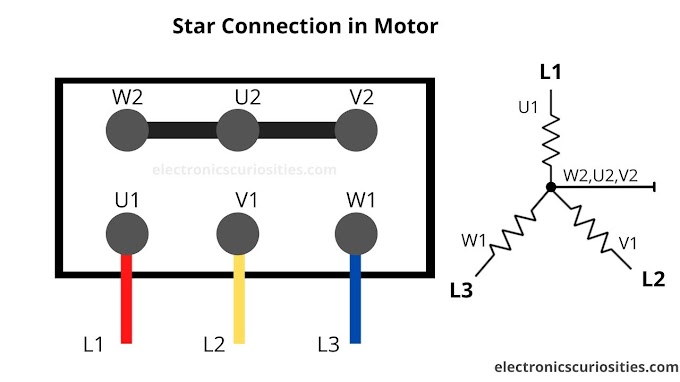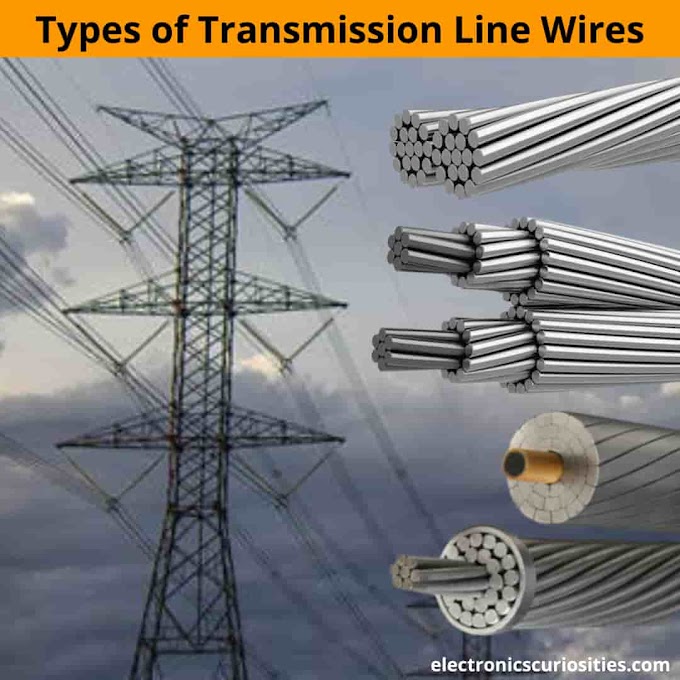
PCB Soldering and Desoldering Methods

PCB Soldering and Desoldering Methods: A Comprehensive Guide for Beginner
Learn all about PCB soldering and desoldering methods in this comprehensive guide. From basic techniques to advanced tips, we cover everything you need to know about working with printed circuit boards. Get expert insights and step-by-step instructions to master the art of soldering and desoldering for your electronic projects.
Introduction
Welcome to the world of PCB soldering and desoldering methods! Whether you're an electronics hobbyist or a professional, having a good grasp of soldering and desoldering techniques is crucial. Soldering is the process of joining electronic components to a printed circuit board using molten metal, while desoldering is the process of removing existing solders to replace or repair components. In this article, we'll explore the different methods, tools, and tips to help you become proficient in working with PCBs Soldering and Desoldering. So, let's dive in!
List of PCB Soldering Methods
Surface Mount Soldering
Surface mount soldering, also known as SMT soldering, is a widely used technique for assembling modern PCBs. In this method, tiny electronic components with solder pads are directly mounted onto the surface of the board. Surface Mount Soldering refers to this process and is crucial in the electronics industry due to its space-saving and mass-production advantages.
Surface mount soldering requires precision and specialized tools like soldering irons with fine tips and hot air rework stations. The components are held in place with solder paste, and the solder is reflowed using a heat source to create strong and reliable connections. Check out YouTube Video
Through-Hole Soldering
Through-hole soldering is another standard method used in PCB assembly, especially for older or larger components. In this technique, leads or pins of components pass through holes in the PCB and are soldered on the opposite side. Through-hole soldering provides mechanical strength and is often used for components requiring higher power handling or ruggedness.
Hand Soldering
Hand soldering is a fundamental skill that every electronics enthusiast should master. It involves using a soldering iron to solder components manually onto the PCB. Hand soldering is versatile and can be used for both surface mount and through-hole components.
Proper technique, such as using the right amount of solder and ensuring a clean joint, is essential to avoid cold solder joints and other issues. The "Hand Soldering" is an integral part of this section, emphasizing its significance in the world of PCB soldering and desoldering methods.
Wave Soldering
Wave soldering is a semi-automated method typically used for mass-producing PCBs. This technique is more suited for through-hole components. In wave soldering, the PCB is passed over a wave of molten solder, which makes contact with the exposed leads, creating solder joints.
Wave soldering is efficient, and cost-effective, and ensures consistent soldering across a batch of boards.
List of PCB Desoldering Methods
Solder Sucker or Desoldering Pump
When it comes to desoldering components from a PCB, a solder sucker or desoldering pump is a handy tool.
The solder sucker works by heating the solder joint and then quickly sucking up the molten solder, leaving the component free to be removed. This method is precise and prevents damage to the PCB and other components.
Desoldering Braid or Wick
Another popular desoldering method is using desoldering braid or wick.
The desoldering braid is a copper braid that wicks away molten solder when placed on the solder joint. It works through capillary action and is excellent for removing small amounts of solder or cleaning up messy joints.
Hot Air Rework Station
A hot air rework station is a versatile tool that serves both soldering and desoldering purposes. It uses heated air to melt the solder, making it useful for removing SMT components without damaging the PCB.
Desoldering Gun
A desoldering gun is a more advanced tool used for desoldering SMT components. It combines a soldering iron with a vacuum pump, making it efficient for desoldering multiple components quickly.
Tools for PCB Soldering and Desoldering Methods
Soldering Irons and Stations
Soldering irons and stations are the backbone of any soldering work. Having the right tool for the job is crucial for achieving clean and reliable solder joints. High-quality soldering irons with temperature control are essential for precision work.
Solder Wire and Flux
Using the correct solder wire and flux is essential for successful soldering.
Solder wire is available in various diameters, and choosing the right one for the component size is important.
Soldering Flux helps clean the surfaces and promotes better solder flow, ensuring strong connections.
Solder Paste
Solder paste is a crucial component in surface mount soldering.
Solder paste consists of tiny solder particles mixed with flux and is used to hold SMT components in place before reflow soldering.
Desoldering Tools
As discussed earlier, desoldering requires specific tools like solder suckers, desoldering braids, and hot air rework stations. These tools play a vital role in safely removing components without damaging the PCB.
Tips and Techniques for PCB Soldering and Desoldering
Proper Component Placement
When soldering components onto a PCB, precise component placement is crucial.
Double-check the component orientation and alignment to avoid any issues during the soldering process.
Tinning the Iron Tip
Tinning the soldering iron tip is standard practice before soldering.
Tinning ensures better heat transfer and prevents oxidation, resulting in a cleaner solder joint.
Soldering in a Well-Ventilated Area
Always solder in a well-ventilated area to avoid inhaling harmful fumes. Using a fume extractor is recommended for better air quality.
Using the Right Soldering Technique
Different components may require different soldering techniques. For instance, drag or soldering is useful for surface mount components.
Applying the Right Amount of Solder
Applying too much solder can create solder bridges, while too little solder may result in a weak joint. Finding the right balance is crucial.
Removing Excess Solder
Excess solder can be removed using desoldering braid or a solder sucker. Always ensure a clean and tidy solder joint.
PCB Soldering and Desoldering Frequently Asked Questions
What is the best soldering iron for beginners?
For beginners, a basic soldering iron with adjustable temperature and a fine tip is recommended. It allows for versatility and precision.
How do I prevent solder bridges during surface mount soldering?
To prevent solder bridges, use flux, apply the right amount of solder, and ensure precise component placement.
Can I reuse desoldering braid?
Yes, you can reuse desoldering braid as long as it is clean and free from excessive solder.
What should I do if a solder joint looks dull and grainy?
A dull and grainy solder joint indicates a cold solder joint. Reheat the joint and add a bit of fresh solder to ensure a strong connection.
Is it necessary to clean the PCB after desoldering?
Yes, it is essential to clean the PCB after desoldering to remove any residue and ensure a clean surface for reassembly.
Can I use a hairdryer for desoldering?
No, a hairdryer is not suitable for desoldering. It lacks the necessary heat control and precision required for electronic work.
Conclusion
Congratulations! You've now become well-versed in PCB soldering and desoldering methods. We hope this comprehensive guide has provided you with valuable insights and practical tips to excel in your electronic projects. Remember to practice and exercise caution while working with PCBs, and always keep your workspace organized and well-equipped.
By mastering the art of soldering and desoldering, you can confidently embark on various electronic projects and bring your innovative ideas to life.
Thank You!
Have A Great Day!
Happy Learning!



